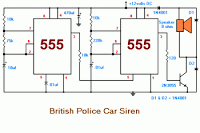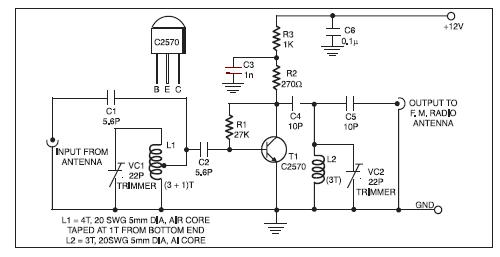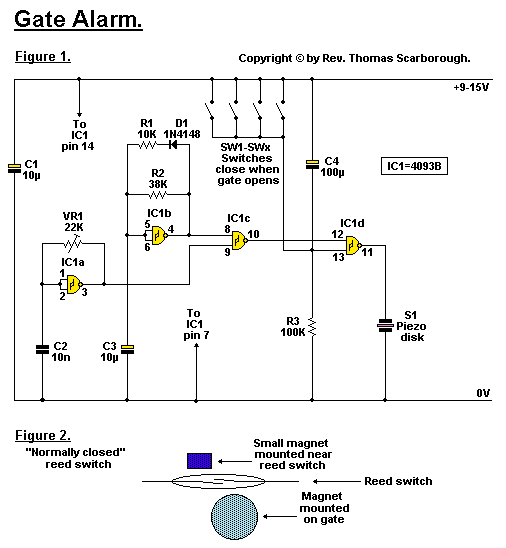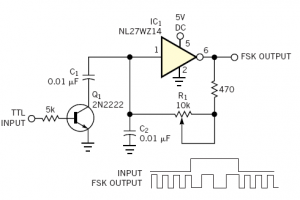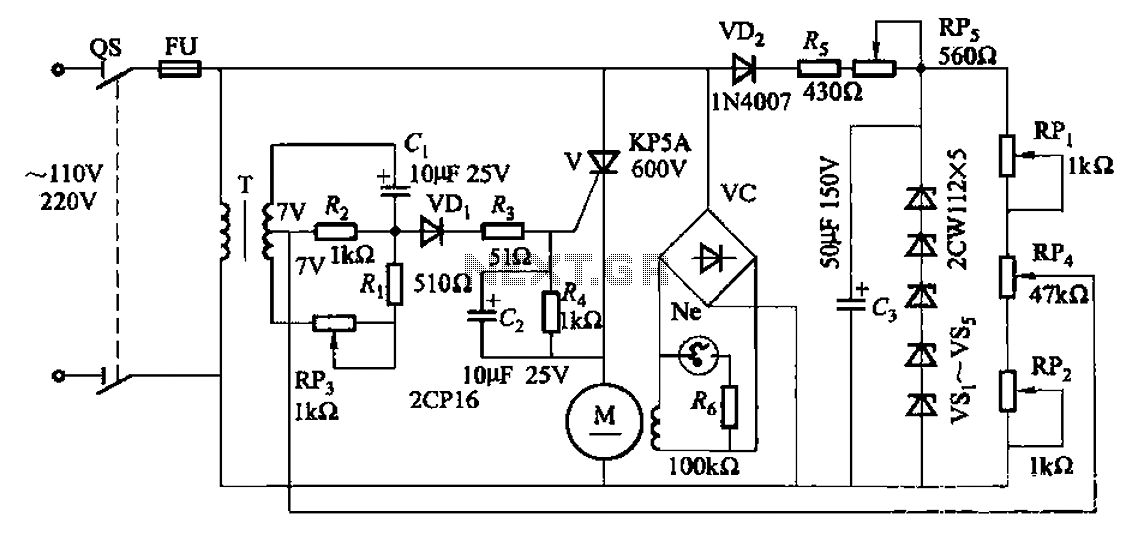
Simple Audio Amplifier Circuit Using LM386 PCB

This is a simple low-power audio amplifier circuit capable of producing a power output of 1W. The mono amplifier circuit is built around the LM386 integrated circuit, which operates effectively at low voltages, even below 9V. This low-voltage amplifier is designed to amplify weak sound signals from a sound card, making it suitable for driving headphones or high-power amplifiers for maximum sound effect.
The audio amplifier circuit utilizes the LM386, a low-voltage audio power amplifier IC that is popular in various audio applications due to its simplicity and efficiency. The typical configuration for this circuit includes a few passive components such as resistors and capacitors to set the gain and filter the audio signals.
In this specific design, the gain of the LM386 can be adjusted by connecting a resistor and capacitor between pins 1 and 8, allowing for flexibility in amplification levels. A gain of 20 is the default, but it can be increased up to 200 with the appropriate external components.
Power supply requirements for this circuit are minimal, with an operating voltage range from 4V to 12V, making it ideal for battery-powered applications. The output stage of the LM386 is capable of delivering up to 1W into an 8-ohm load, which is sufficient for driving small speakers or headphones.
To ensure optimal performance, a bypass capacitor is typically placed close to the power supply pins to filter out any high-frequency noise that may affect audio quality. Additionally, decoupling capacitors may be included to stabilize the power supply and minimize distortion.
The circuit can be further enhanced by incorporating a heat sink if the amplifier is operated at higher volumes for extended periods, as the LM386 can generate heat during operation. Proper layout and grounding techniques should also be employed to minimize interference and ensure a clean audio signal.
Overall, this LM386-based audio amplifier circuit provides a cost-effective solution for low-power audio amplification needs, making it suitable for various applications including portable audio devices, DIY projects, and educational purposes.Here is a simple low power audio amplifier circuit that can produce a power output of 1W. This mono amplifier circuit is build on LM386 IC which works great on low voltages even below 9V. This low voltage amplifier is useful to amplify weak sound signals from your soundcard to amplify it to give to the headphones or high power amplifiers for maxim um sound effect. 🔗 External reference
The audio amplifier circuit utilizes the LM386, a low-voltage audio power amplifier IC that is popular in various audio applications due to its simplicity and efficiency. The typical configuration for this circuit includes a few passive components such as resistors and capacitors to set the gain and filter the audio signals.
In this specific design, the gain of the LM386 can be adjusted by connecting a resistor and capacitor between pins 1 and 8, allowing for flexibility in amplification levels. A gain of 20 is the default, but it can be increased up to 200 with the appropriate external components.
Power supply requirements for this circuit are minimal, with an operating voltage range from 4V to 12V, making it ideal for battery-powered applications. The output stage of the LM386 is capable of delivering up to 1W into an 8-ohm load, which is sufficient for driving small speakers or headphones.
To ensure optimal performance, a bypass capacitor is typically placed close to the power supply pins to filter out any high-frequency noise that may affect audio quality. Additionally, decoupling capacitors may be included to stabilize the power supply and minimize distortion.
The circuit can be further enhanced by incorporating a heat sink if the amplifier is operated at higher volumes for extended periods, as the LM386 can generate heat during operation. Proper layout and grounding techniques should also be employed to minimize interference and ensure a clean audio signal.
Overall, this LM386-based audio amplifier circuit provides a cost-effective solution for low-power audio amplification needs, making it suitable for various applications including portable audio devices, DIY projects, and educational purposes.Here is a simple low power audio amplifier circuit that can produce a power output of 1W. This mono amplifier circuit is build on LM386 IC which works great on low voltages even below 9V. This low voltage amplifier is useful to amplify weak sound signals from your soundcard to amplify it to give to the headphones or high power amplifiers for maxim um sound effect. 🔗 External reference
